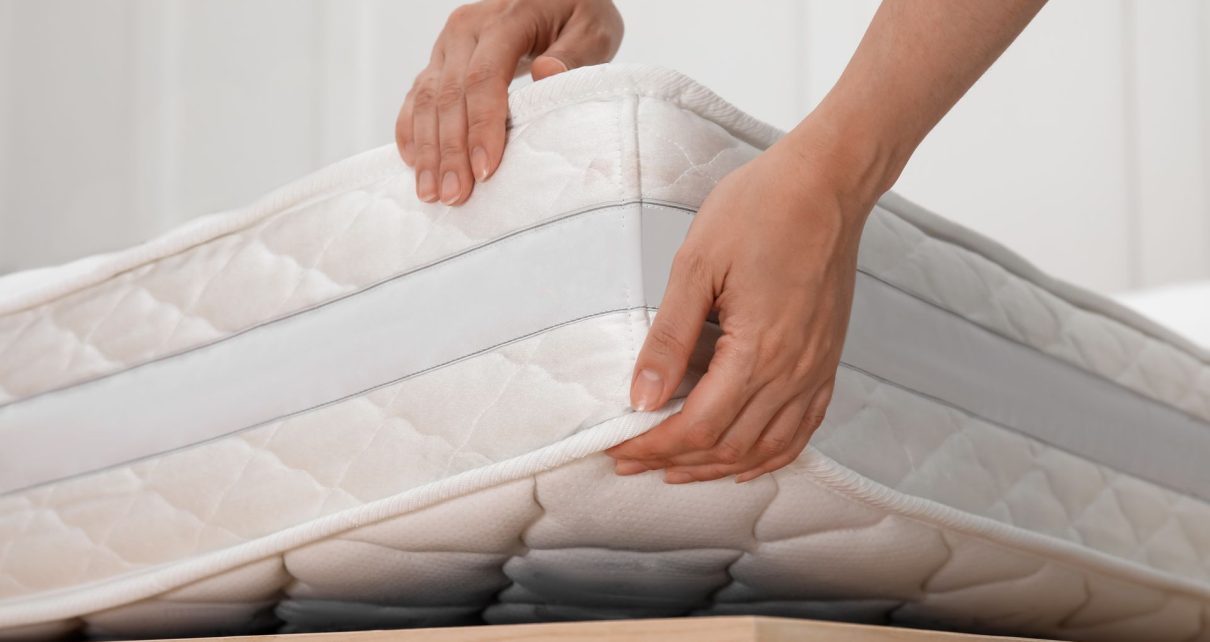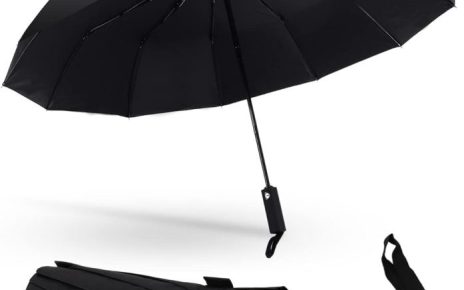We spend nearly a third of our lives on mattresses, but what happens when it’s time to say goodbye to that faithful sleep companion? For many, the answer used to be the landfill. But thanks to growing environmental awareness and specialized services, mattress recycling has become a practical and eco-friendly solution. If you’ve ever wondered what happens after you drop off your old mattress, this article breaks it down step by step.
1. The Problem with Mattress Waste
Mattresses are bulky and notoriously difficult to manage in landfills. They take up a large amount of space, don’t decompose easily, and contain materials that can release toxins over time. With millions discarded annually, the environmental impact is significant.
Thankfully, mattress recycling offers a sustainable alternative—diverting waste from landfills and giving valuable materials a second life.
2. Collection and Transportation
The journey begins with mattress collection. This can happen through municipal pickup programs, retailer take-back services, or drop-off centers. The mattress is then transported to a specialized recycling facility, where trained technicians handle the next phase of the process.
3. Manual Disassembly
Once at the facility, mattresses are typically disassembled by hand. This allows each component—foam, metal, fabric, and wood—to be separated effectively and prepared for recycling. Manual dismantling ensures more precise recovery of materials compared to automated shredding.
4. Material Sorting and Processing
After disassembly, each material type follows its own recycling path:
- Foam and Padding: These are often shredded and cleaned, then repurposed into carpet underlay, insulation, or pet bedding.
- Metal Springs: Steel coils are separated, melted down, and reused in construction or automotive manufacturing.
- Wood Frames: The wood can be chipped for mulch or biomass fuel, reducing the need for virgin timber.
- Textiles and Fibers: Fabric components may be shredded and turned into industrial filters, insulation, or filler material.
Through this careful sorting, more than 85–90% of a mattress can be recycled or repurposed.
5. Where the Materials End Up
The recycled materials from mattresses are valuable to many industries. Foam might show up in office furniture padding, while metal springs could be repurposed into rebar or appliance parts. This closed-loop system keeps materials circulating within the economy rather than contributing to pollution or waste.
The role of specialized recyclers, like Recyc-Matelas mattress recycling, is key to this sustainable transformation. Their process focuses on high recovery rates, manual precision, and partnerships that ensure materials find useful second lives.
6. Benefits of Mattress Recycling
Choosing to recycle your mattress instead of sending it to a landfill offers several advantages:
- Environmental Protection: Prevents harmful materials from leaching into soil and groundwater.
- Resource Conservation: Reduces the demand for raw materials like timber, oil, and ore.
- Job Creation: Supports a growing green economy by providing work in recycling, logistics, and remanufacturing.
- Waste Diversion: Keeps bulky items out of municipal landfills, easing pressure on local waste management systems.
7. How You Can Participate
If you’re upgrading your mattress, check with your retailer or local government to see if recycling is available. Many stores offer removal services that include recycling, especially if they partner with organizations like Recyc-Matelas.
You can also:
- Drop off at a recycling center
- Schedule a bulk item pickup
- Donate gently used mattresses to local charities
Every responsible disposal counts.
Conclusion
Mattress recycling may seem like a small action, but it has a powerful ripple effect. By diverting waste, conserving resources, and fueling green industries, it helps build a more sustainable future—one mattress at a time. Thanks to initiatives like Recyc-Matelas mattress recycling, it’s easier than ever to make the eco-conscious choice when it’s time for a new bed.





